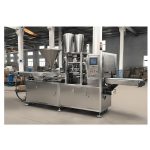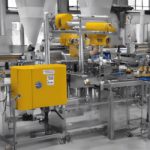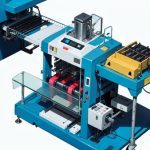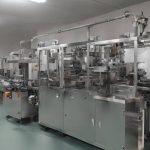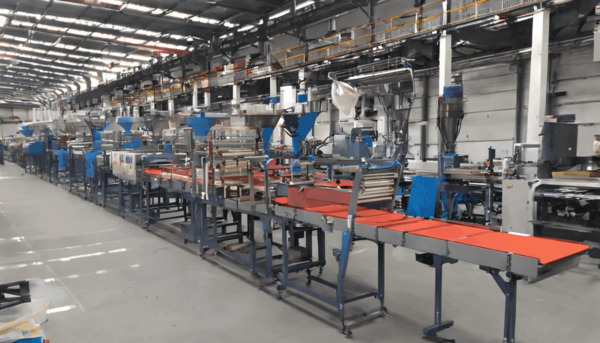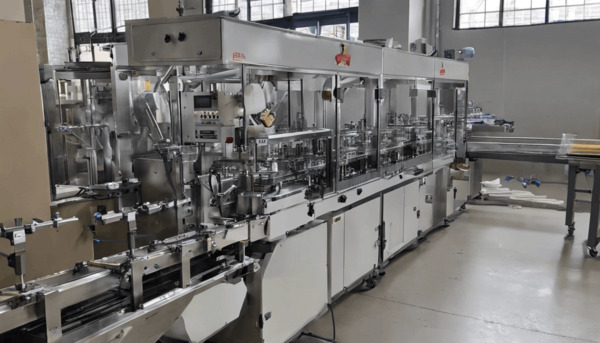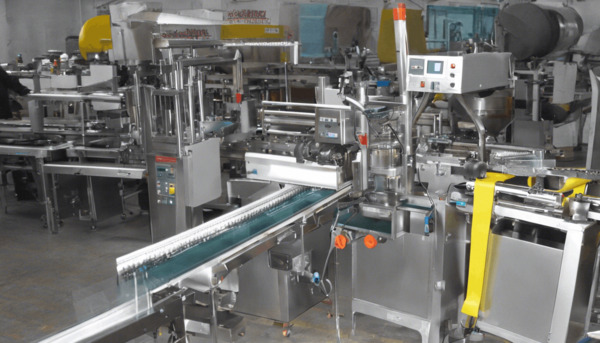
Introduction to Automatic Bottle Filling Machines
Automatic bottle filling machines are essential in various industries, particularly in food and beverage, pharmaceuticals, and cosmetics. These machines are designed to fill bottles with liquids or semi-liquids efficiently and accurately. The automation of this process significantly increases production speed and consistency, reducing the need for manual labor and minimizing human error. In this article, we will explore how automatic bottle filling machines work, their components, types, and the advantages they offer.
Components of an Automatic Bottle Filling Machine
An automatic bottle filling machine comprises several key components that work together to ensure the efficient filling of bottles. Understanding these components is crucial to grasp how the entire system functions:
1. Conveyor System
The conveyor system is responsible for transporting bottles through different stages of the filling process. It moves bottles from the loading area to the filling station and then to the capping and labeling stations. The conveyor speed can be adjusted to match the production requirements, ensuring a smooth and continuous flow of bottles.
2. Filling Heads
Filling heads are the components that dispense the liquid into the bottles. The number of filling heads can vary depending on the machine’s design and production capacity. These heads are equipped with nozzles that control the flow of liquid, ensuring precise filling volumes. The filling heads can be adjusted to accommodate different bottle sizes and shapes.
3. Liquid Reservoir
The liquid reservoir holds the product that needs to be filled into the bottles. It is connected to the filling heads through a series of pipes and valves. The reservoir is typically made of stainless steel to ensure hygiene and prevent contamination. It may also include a mixing system to maintain the consistency of the product.
4. Control System
The control system is the brain of the filling machine. It manages the operation of all components, including the conveyor, filling heads, and valves. Modern filling machines are equipped with programmable logic controllers (PLCs) that allow operators to set parameters such as fill volume, speed, and timing. The control system also monitors the machine’s performance and alerts operators to any issues.
Types of Automatic Bottle Filling Machines
Automatic bottle filling machines come in various types, each designed for specific applications and product characteristics. The choice of machine depends on factors such as the viscosity of the liquid, production volume, and bottle design. Here are some common types of filling machines:
1. Gravity Fillers
Gravity fillers rely on gravity to transfer liquid from the reservoir into the bottles. They are suitable for filling thin, free-flowing liquids such as water, juices, and solvents. Gravity fillers are simple in design and cost-effective, making them ideal for small to medium production volumes.
2. Pressure Fillers
Pressure fillers use a pressurized system to force liquid into the bottles. This type of filler is suitable for thicker liquids or products that require a higher fill speed. Pressure fillers are commonly used in the beverage industry for carbonated drinks, as they can maintain the carbonation level during filling.
3. Vacuum Fillers
Vacuum fillers create a vacuum inside the bottle to draw liquid from the reservoir. They are ideal for filling viscous liquids, such as oils and syrups, as well as products that require a precise fill level. Vacuum fillers are often used in the pharmaceutical and cosmetic industries.
4. Piston Fillers
Piston fillers use a piston mechanism to measure and dispense liquid into bottles. They are highly accurate and can handle a wide range of viscosities, from thin liquids to thick pastes. Piston fillers are versatile and commonly used in food, cosmetics, and chemical industries.
How Automatic Bottle Filling Machines Work
The operation of an automatic bottle filling machine involves several steps, which are typically controlled by the machine’s PLC. Here is a general overview of the process:
1. Bottle Loading
Empty bottles are loaded onto the conveyor system, either manually or through an automated feeder. The conveyor transports the bottles to the filling station, where they are positioned under the filling heads.
2. Bottle Positioning
Sensors and guides ensure that each bottle is correctly aligned with the filling heads. Proper positioning is crucial to prevent spills and ensure accurate filling.
3. Filling Process
Once the bottles are in position, the filling heads are activated. The control system regulates the flow of liquid from the reservoir to the filling heads, ensuring that each bottle receives the correct volume. The filling heads may lower into the bottles to minimize splashing and foam formation.
4. Bottle Sealing
After filling, the bottles move to the capping station, where they are sealed with caps or lids. The capping process can be automated or semi-automated, depending on the machine’s design and production requirements.
5. Quality Control
Quality control systems, such as vision inspection cameras or weight sensors, check the filled bottles for consistency and accuracy. Any bottles that do not meet the quality standards are rejected and removed from the production line.
6. Bottle Labeling and Packaging
The final step involves labeling the bottles and preparing them for packaging. Automated labeling machines apply labels to the bottles, and the finished products are packed into boxes or crates for distribution.
Advantages of Automatic Bottle Filling Machines
Automatic bottle filling machines offer several advantages that make them indispensable in modern manufacturing:
1. Increased Efficiency
These machines significantly increase production speed, allowing manufacturers to meet high demand without compromising quality. Automation reduces the time required for each filling cycle, resulting in higher throughput.
2. Consistency and Accuracy
Automatic filling machines ensure consistent fill volumes, reducing product waste and ensuring customer satisfaction. The precision of these machines minimizes variations in product quantity, which is crucial for maintaining brand reputation.
3. Labor Cost Reduction
By automating the filling process, manufacturers can reduce their reliance on manual labor, leading to cost savings. This also allows workers to focus on other tasks, such as quality control and machine maintenance.
4. Flexibility
Modern filling machines are designed to handle a wide range of products and bottle sizes. This flexibility allows manufacturers to adapt to changing market demands and product lines without significant retooling.
Conclusion
Automatic bottle filling machines are a cornerstone of efficient and reliable production in various industries. By understanding their components, types, and operation, manufacturers can select the right machine for their needs and optimize their production processes. While the initial investment in automatic filling machines can be significant, the long-term benefits in terms of efficiency, accuracy, and cost savings make them a worthwhile investment for any business looking to scale up its operations.
